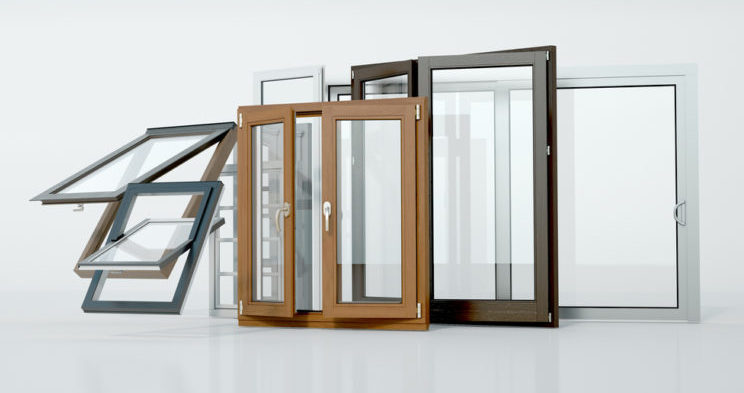Windows are one of those things in a home that embody both form and function. That means there’s a lot to consider before you make a purchase. Especially considering that it’s a pretty big investment.
HomeAdvisor estimates that the average cost to replace a window is $850 per window. You can expect to pay at least $100-$300 for labor alone. That’s a fair amount of money, but if you choose your windows wisely you can offset the cost by improving energy efficiency. You may even qualify for tax deductions that make the project more affordable.
If you’re thinking about replacing one (or all) of the windows in your home, here are three things to consider first.
What Affects the Cost of Windows
Some people start planning a window project only for things to come to a screeching halt as soon as they learn how much windows cost. There are three things that affect the cost of windows the most:
- Size
- Frame materials
- Glass
As far as the size is concerned, the bigger the window is the more expensive it’s going to be. However, odd sizes are also more costly even if the dimensions are small. If you need to save money it may be more cost effective to reconstruct the wall frame so the window is a standard size.
You can expect to pay between $100 and $650 for the window itself. To put prices in perspective, at the lower end of the price point are small vinyl windows that are commonly in bathrooms.
Common Material Options
Cost, longevity and energy efficiency are all impacted by the materials that are used to build a window. Everything that goes into the construction is going to matter, but you should pay particular attention to the frame and glass materials.
There are four primary frame materials:
- Vinyl – This material provides good quality for a relatively inexpensive cost. The one downside is vinyl frame windows don’t typically offer a lot of choice on the design, which isn’t ideal given that some people don’t like how the material looks.
- Fiberglass – Fiberglass is the most durable frame material, is extremely efficient and it comes with a lot of design options. The tradeoff is it’s more expensive than vinyl.
- Wood – A wood frame adds elegance and is period correct in older homes. However, wood frames are typically the most expensive option.
- Aluminum – An aluminum frame is strong and inexpensive. The downsides are very low energy efficiency and it’s not the most aesthetically appealing material.
The type of glass that’s used also makes a difference. The biggest factor is the number of panes. There are three options:
- Single-Pane – This is going to be the cheapest option and also the least energy efficient. Most homeowners steer clear of single-pane windows because they also let in a lot of sound and shatter easily.
- Double-Pane – Double-pane windows are the most common option today. They are a good mix of performance and affordability.
- Triple-Pane – A triple-pane window is more expensive, but it’s often worth the added cost if you live in an area with a lot of outside noise or the temperatures are extreme.
How to Gauge Window Energy Efficiency
Now that you have a better idea of how windows are constructed, what affects the energy efficiency will make more sense. Window manufacturers and the Department of Energy make it even easier by assigning values and designations that give consumers an idea of how energy efficient a window is going to be once installed. Below are some things to look for when you’re window shopping.
- R-Value – Check the R-value of the window for a better idea of how energy efficient it will be. R-values range from 1 to 7. The higher the R-value is the better it will be at insulating.
- U-Factor – The U-factor will tell you how resistant a window is to heat loss. A low U-factor signifies better energy efficiency.
- Solar Heat Gain Coefficient – SHGC is how much heat enters the home from the outside through the glass. You want this rating to be low.
- Low-Emissivity (Low-E) Coating – If the window has low-emissivity coating that’s a good sign. The coating reduces heat conductivity so that less of the air conditioned coolness escapes in the summer and less of the warmth gets out in the winter.
When in doubt, look for windows with the ENERGY STAR label. Any product that earns an ENERGY STAR certification is more energy efficient compared to standard products.
Major Energy can help you make the most of your new windows with reliable power that keeps you comfortable all year long. Check to see the latest Major Energy plans and rates in your area.
